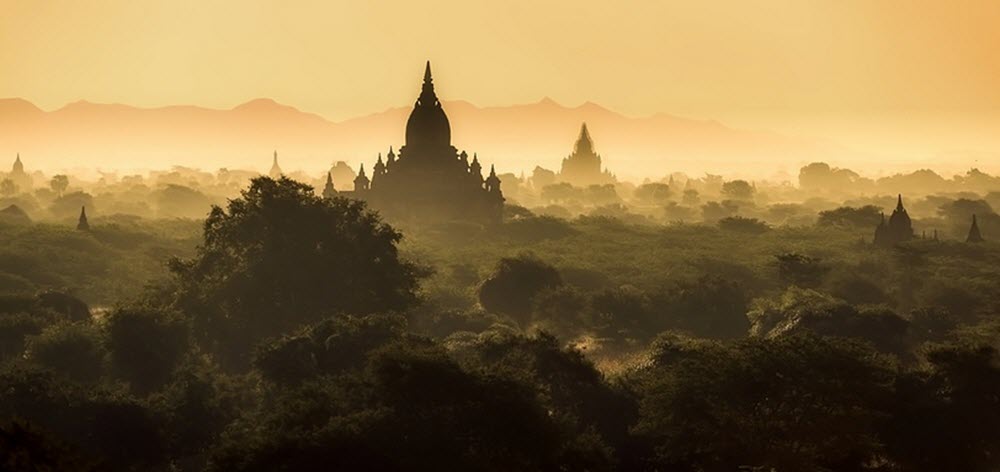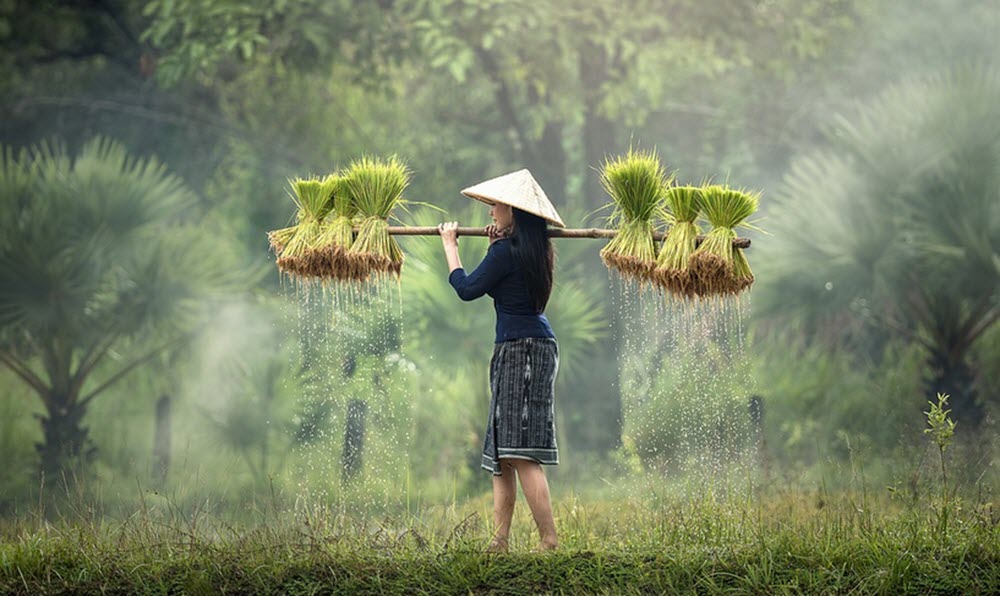The Republic of the Union of Myanmar, also known as Burma, is definitely not one of the main tourist destinations in South East Asia, but do have a lot to offer and is increasingly attracting visitors looking for something off the beaten track. The government of Myanmar didn’t begin to encourage tourism until 1992. Nowadays, Myanmar even has a special Minister of Hotels and Tourism, but tourism figures remain comparably low.

In 1962, a military coup d’etat turned Burma into a military dictatorship ruled by the Socialist Programme Party. In 2011, the military junta was officially dissolved, and the country has been moving in the direction of democracy since then, which has improved its relationships with other countries.
In 1989, the government officially changed the transcription of many names dating back to Burma’s colonial period. One of these changes was turning Burma into Myanmar. The renaming remains a contested issue, but the United Nations uses the name Myanmar.
The majority religion in Myanmar is Theravada Buddhism, a religion to which roughly 88% of the population belongs. Slightly more than 6% of the population are Christians, and nearly 4.5% are Muslims.
Examples of attractions
This is just a few examples a things to see and do in Myanmar. The list is by no means exhaustive.
- Mandalay Palace in Mandalay. Built in 1857-1859, this was a royal palace for the last Burmese monarchy.
- Bagan, located on the eastern bank of the River Ayeyawaddy, was the capital of the first Myanmar Empire. Today, the site is of rich archaeological interest and one of the main tourist destinations in Myanmar.
- The Shwedagon Pagoda (Shwedagon Zedi Daw), a gilded and diamond-adorned stupa located in Yangon. Visitors are not allowed to be scantily clad.
- Kyaiktivo, a pagoda precariously perched on the edge of a hill. Visitors are not allowed to be scantily clad.
- The beaches in Ngapali and Thandwe, where the tourism sector is comparatively well developed.
- The beaches near Dawei, where there is less services available for visitors.
- The Ngwesaun Saung Beach features the PADI certified Myanmar Dive Centre. Few scuba divers visit Myanmar and the dive sites are uncrowned and in excellent condition.
- Enjoy a traditional Burmese Burmese Foot Massage.
- If you long for cooler temperatures, the mountain lake Inle in the heart of Shan State is an excellent destination. It’s located over 900 meters above sea level and surrounded by very beautiful nature. Accommodation is available in stilt houses.
- The Ayeyawaddy Dolphin Protected Area, a 74 kilometres long stretch of river north of Mandalay. The endangered Irrawaddy dolphins lives here.
- The Mergui Archipelago
- The ancient city Mrauk-U

Climate
Myanmar has three seasons:
- The hot season, which starts in March or April and continues until rainy season. In some parts of the country, including Yangon, temperatures can climb as high as 40°C. However, most days, the temperature will “only” be a bit above 30°C at noon.
- The rainy season, which starts in May and continues through October. The temperatures will be lower than in the hot season, but not as low as in the cool season. Generally speaking, lower Myanmar will get more rain than upper Myanmar. Important: Some of the beaches in Myanmar is closed during the rainy season.
- The cool season, which starts in November and runs until the hot season. In Mandalay, night temperatures can go below 15°C during this season. The cool season is the most popular part of the year to visit Myanmar.

Short info about Myanmar
Here are some basic facts that may come in handy as you plan your trip to Myanmar.
- Area: 676,578 square kilometres
- Population: Over 53 million at the 2017 census
- Official language: Burmese
- Capital: Nay Pyi Taw (Naypyidaw)
- Most populous city: Yangon (formerly known as Rangoon)
- Currency: Kyat (MMK)
- Time zone: UTC +06:30
- Driving side: Right
- Calling code: +95
- ISO 3166 code: MM
- Internet top level domain: .mm